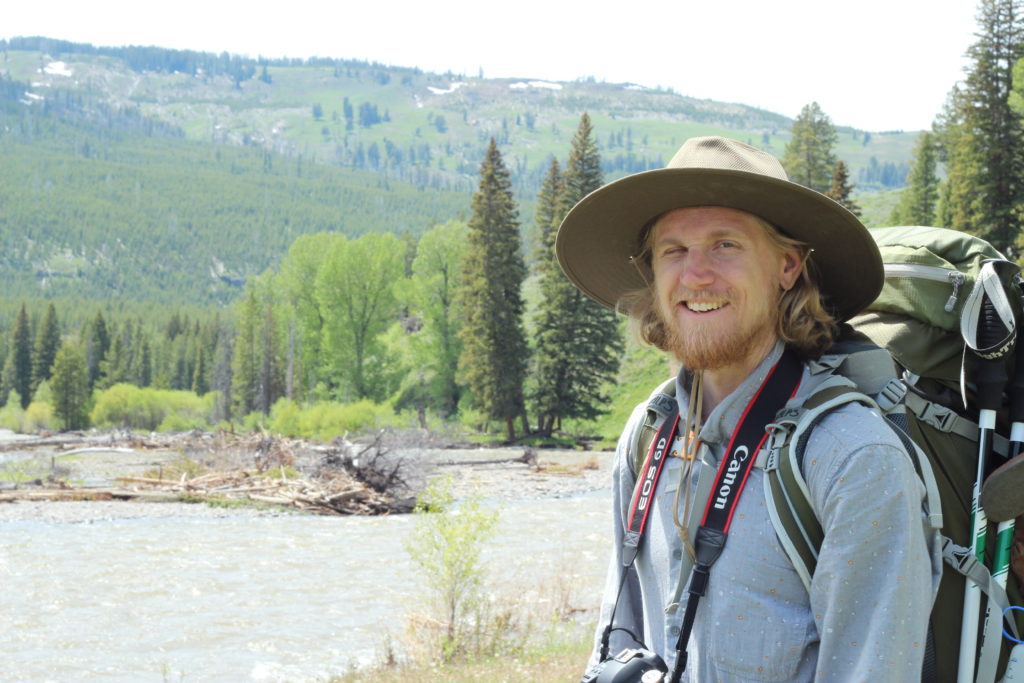I’m a Sonoran Desert native. Madrean sky islands have inspired an awe for nature since I was just a child. Today, I look into the hearts of giant conifer trees for memories of prerecorded climate—poetic and rigorous. By using these tree rings as proxies of past climate I am able to estimate the amount of water held in each year’s snowpack for hundreds of years prior to human records. Yet, the ecologist at heart yearns for a deeper understanding.
The annual growth of trees, discretely observable in tree rings, is influenced by numerous factors—yes, it’s been modeled. We agree that growth is generally a function of age and size of the tree, its climate, and disturbances. Now, climatological studies, as described above, can’t possibly explore the complexity of all that’s hiding beneath that word “disturbances.” We account for it statistically by sampling numerous trees at a site with multiple samples for each. We avoid trees with obvious signs of non-climatic stress. We look for trees that are spaced apart to avoid competition effects. And in the end, understanding the interactions of climate and tree-growth alone present a challenge.
Exploring plant responses to climate through time is a resonating theme in scientific work I’ve done. It’s critical to human survival and fascinating on a personal level. This plant functional trait course in Perú is a chance to learn new tools for approaching questions in my science and expanding my understanding of our home—Earth. I’ll have met my goals for the course the moment my feet touch Perúvian soil.
I’ll have few expectations upon arriving in Perú as a first time visitor. Recently talking to Perúvians selling gems and minerals in my own home town was a warm and friendly experience. I anticipate people in major cities will be more likely to know about climate change, accept the planet is warming, and understand that humans are largely driving these changes than people in smaller communities with less access to technology. That said, I expect the topic to be more controversial in larger cities, and I expect some smaller communities to be more informed and concerned about human impacts on local scales.
Public perceptions on climate change vary widely in the United States and are in many cases simply associated with political identity. While the majority of the population agrees on specifics of climate change and ways we should take action, views become polarizing when certain words or phrases like “global warming” or “climate change” are used. The human condition, ego and the want to be understood, along with level of education are at the root of this divide and much of the United States’ problems. Focusing on relevant issues with open minds and hearts will free us from these chains.
~ Kai
